Chainsaws are powerful tools commonly used for cutting trees, branches, and other materials. One unique feature of chainsaws is their ability to cut at an angle. This is achieved through the design of the chainsaw’s bar and chain. The bar, which is the long, flat metal piece that guides the chain, is typically slightly curved. This curvature allows the chainsaw to create a cutting angle, which improves the efficiency and effectiveness of the cutting process.
By cutting at an angle, chainsaws can easily penetrate the material being cut and make clean, precise cuts. But why do chainsaws cut at an angle? In this blog, we will explore the science and technology behind chainsaw angles and the benefits they provide.
Anatomy of a Chainsaw
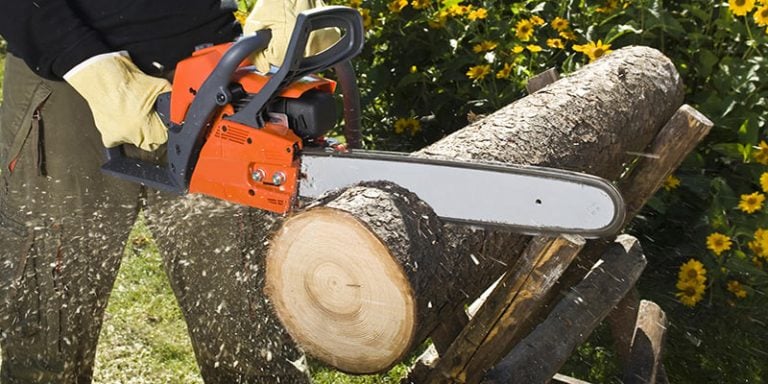
Before delving into the specifics of chainsaw angles, it is helpful to understand the basic anatomy of a chainsaw. Chainsaws consist of several parts, including the engine, chain, guide bar, and cutting teeth or blades.
The chain is perhaps the most important part of the chainsaw when it comes to cutting angles. Chainsaws use a rotating chain to cut through objects rather than a traditional saw blade. This chain consists of numerous cutting teeth that are arranged in a specific pattern.
The cutting teeth are attached to the chain at an angle, allowing them to contact the cut material at a specific angle. The guide bar serves as a support structure for the chain and helps control the depth of the cut.
Without the guide bar, the chain would not be able to maintain its position and cutting angle, making it difficult to achieve precise cuts. Additionally, the guide bar also helps to dissipate heat generated during cutting, preventing the chain from overheating and potentially causing damage. Overall, the guide bar is crucial in ensuring the chainsaw’s efficiency and accuracy when cutting through various materials.
If you are wondering about “How does a chainsaw work?” and all its fascinating nuances, you should definitely give this article a read!
The Science of Cutting Angles
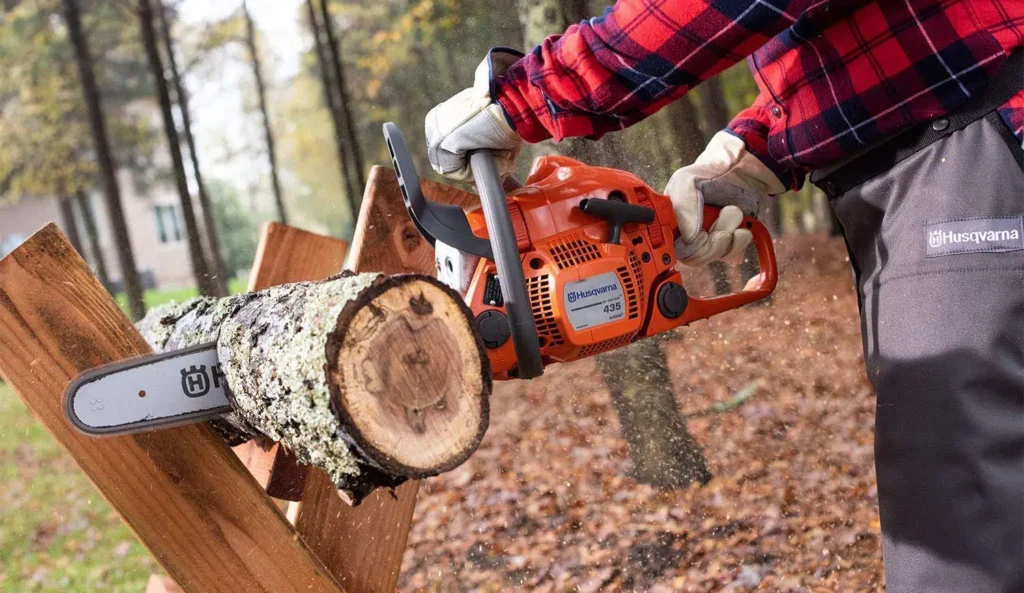
Now, let’s explore the science behind chainsaw angles. When a chainsaw is angled, the point of contact between the cutting teeth and the material being cut changes. This change in point of contact alters the angle of the cutting teeth, allowing them to make a more efficient cut.
When the chainsaw is held at an angle, the chain’s cutting teeth contact the material at a combination of horizontal and vertical angles. This angle of attack causes the cutting teeth to remove material more efficiently, resulting in a smoother, cleaner, and faster cut.
To illustrate this concept, think of a traditional saw blade, which only cuts in one direction. When this blade is used to cut material at an angle, it tends to tear the material instead of cutting it cleanly. A chainsaw’s angled cutting teeth, on the other hand, are specially designed to cut through materials at angles, resulting in less tearing and a more accurate cut.
The angle at which a chainsaw cuts can vary depending on several factors, including the material being cut, the type of chain, and the user’s preferences and techniques.
Benefits of Cutting Angles
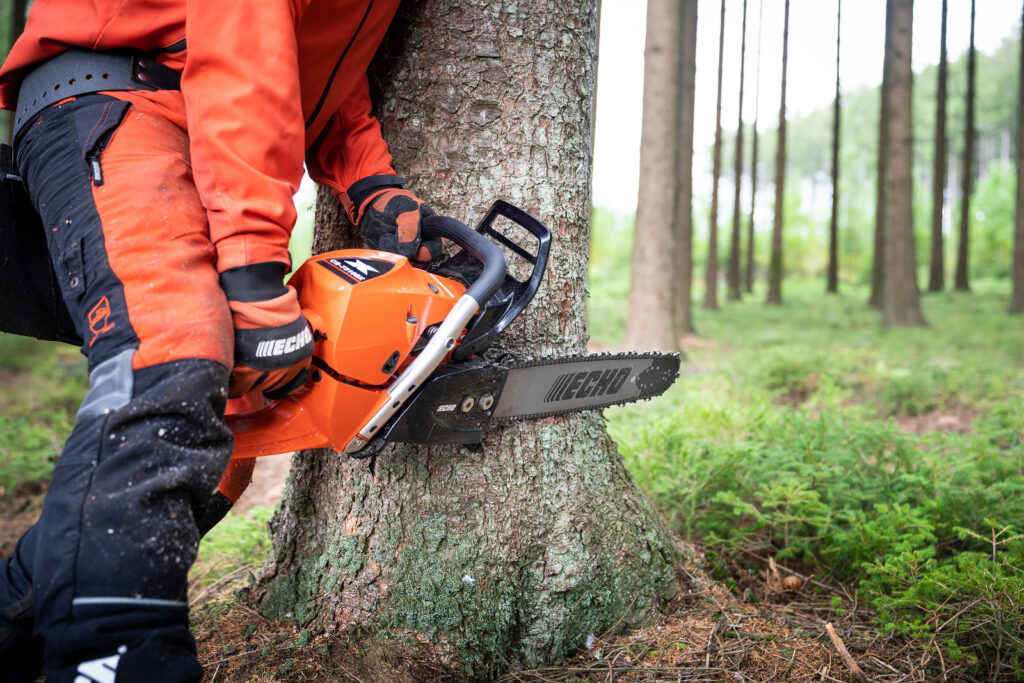
Cutting angles with a chainsaw offers several benefits over traditional saw blades. First and foremost, chainsaws are designed to handle larger and more complex cuts, making them ideal for cutting trees, branches, and other materials.
The angled cutting teeth of a chainsaw also allow for more precise and accurate cuts, making them ideal for jobs that require a high level of precision, such as trimming branches or cutting intricate shapes and designs.
In addition, cutting angles with a chainsaw allows for faster and more efficient cuts. By properly angling the chainsaw and using the right technique, users can make quick work of even the toughest cutting jobs.
Safely and Effectively Cutting Angles
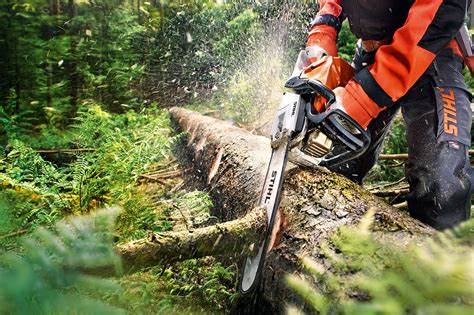
While cutting angles with a chainsaw offers many benefits, it is important to use caution and follow proper safety protocols when operating the tool. Chainsaws are powerful tools that can cause serious injury if not used properly.
To safely and effectively cut angles with a chainsaw, it is important to use the right technique and choose the appropriate chainsaw for the job.
When cutting angles, be sure to keep the chainsaw at a consistent angle and apply even pressure to the material being cut. Avoid twisting the chainsaw or using unnecessary force, as this can cause the blade to bind or kick back, leading to loss of control or injury.
It is also important to choose the right chainsaw for the job. Using a chainsaw with the wrong blade or chain can result in inefficient cuts, increased wear and tear on the equipment, and potential safety hazards.
Conclusion
In conclusion, chainsaws cut at an angle to achieve a more efficient, precise, and accurate cut. By properly angling the cutting teeth of the chain, users can achieve smoother and faster cuts, making chainsaws a valuable tool for a wide range of cutting jobs.
Furthermore, it is crucial to wear appropriate safety gear, such as protective goggles, gloves, and boots, to prevent any potential accidents or injuries while operating a chainsaw. Regular maintenance and sharpening of the blade are also essential to ensure the chainsaw’s optimal performance and longevity.
When using a chainsaw to cut angles, it is important to follow proper safety protocols and to use the right technique and equipment for the job. By taking these precautions, users can safely and effectively use chainsaws to achieve their desired cutting results.

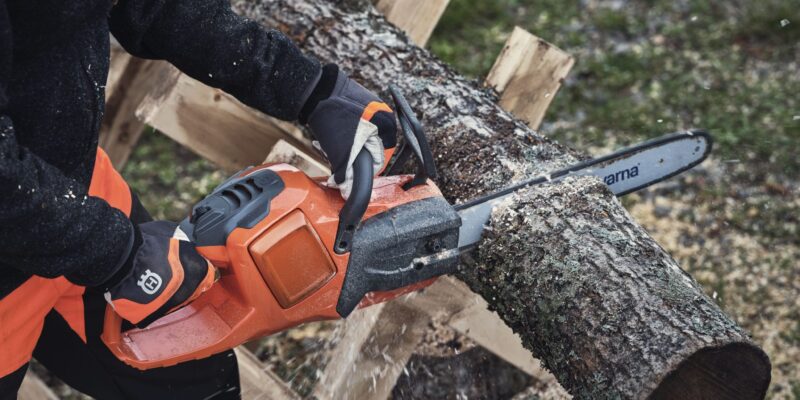
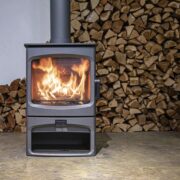
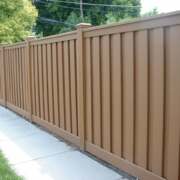
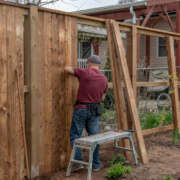
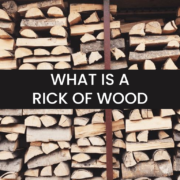
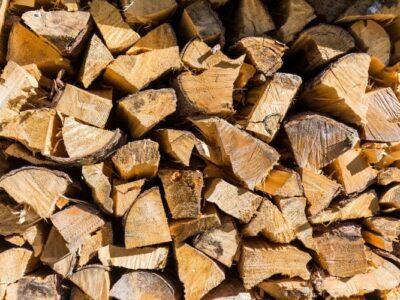
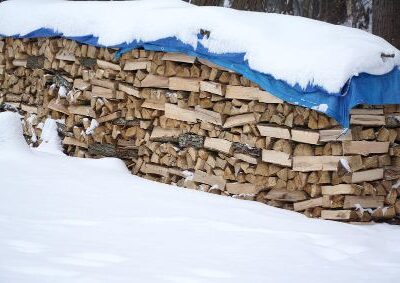
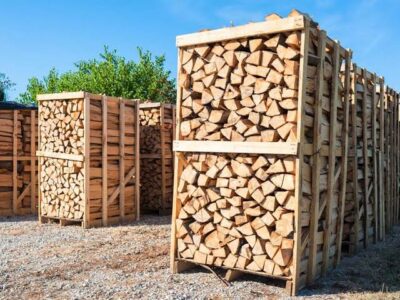
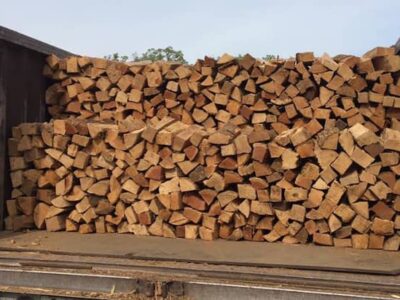
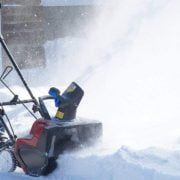

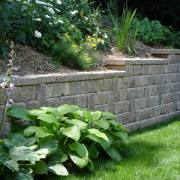

Comments